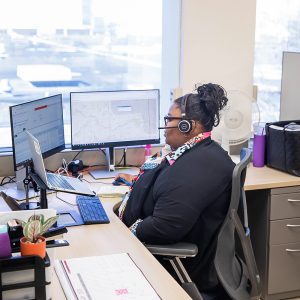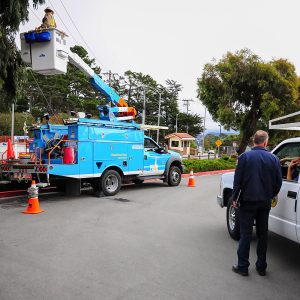RCLD Outreach Training
Section 3: Start action
Organizing to get things done
Tips for organizing

Using time efficiently is important when you are working with busy nonprofit staff and community leaders. Some tips for organizing:
- Assign tasks: Assign clearly defined tasks to those who are willing to help
- Set deadlines: Make sure deadlines are reasonable and attainable
- Divide and conquer: Create subgroups or subcommittees to tackle specific issues and report back to the group
Long-term organizing
For a bigger project, you might want to divide it into phases. For example, at Independent Living Resource Center on the Central Coast of California, Brian Hollander worked with a variety of different partners to address the needs of rural people with disabilities who rely on electricity-based medical equipment during routine and unplanned power shutoffs and disasters. They developed a three-year plan to create needed resources.
- Year 1: Developed a partnership with one power company in a demonstration project, during which data on need and efficacy was collected.
- Year 2: Implemented what was learned in the first year and focused on bringing in a second major power company, as well as additional community partners.
- Year 3: Created multi-year, renewable contracts with power companies and community partners for the sustainability of the program.
Each year adds additional aspects of disaster planning and response. For example, the second year added creating emergency response plans and responding to all power shutoff events, regardless of the source.

